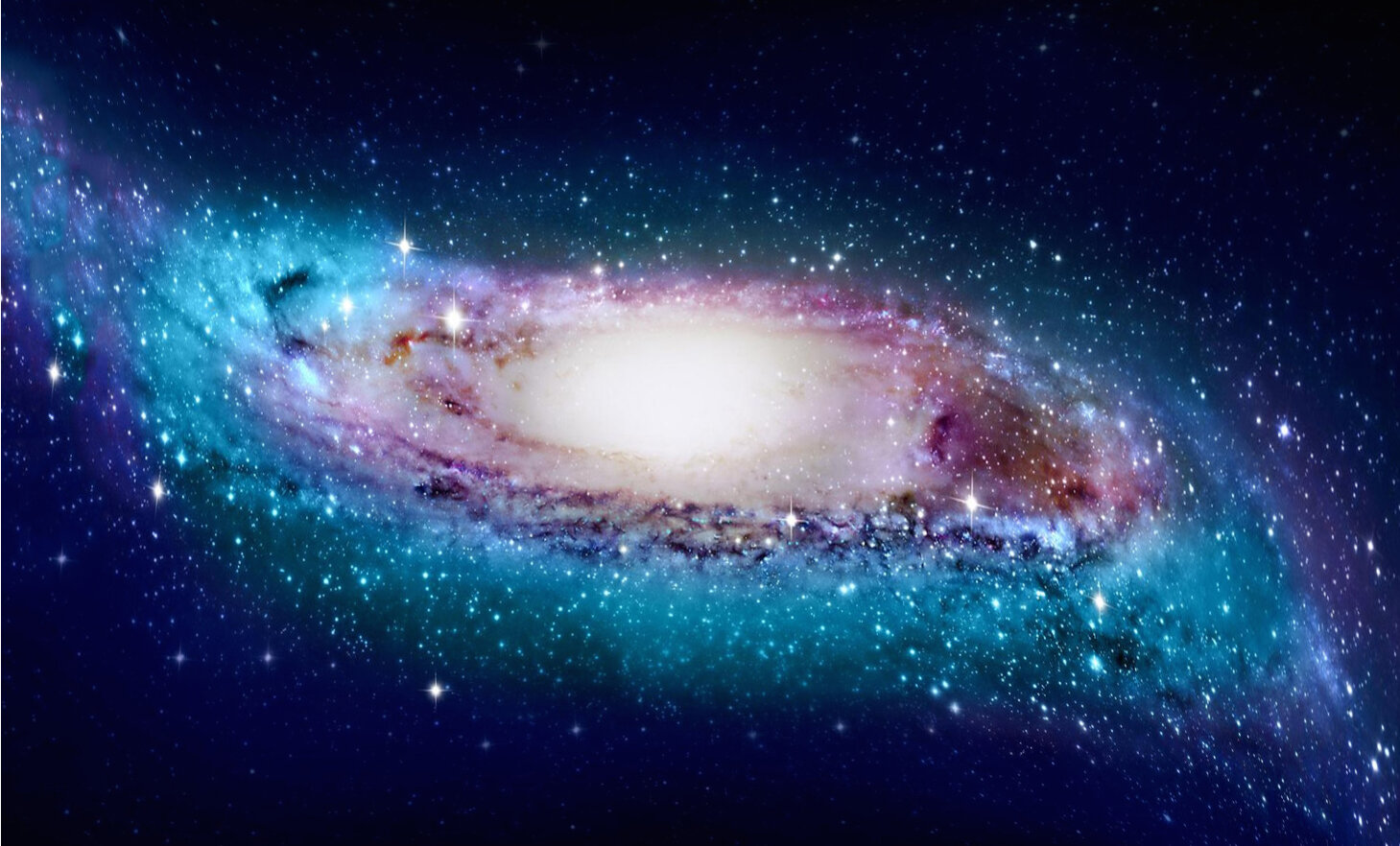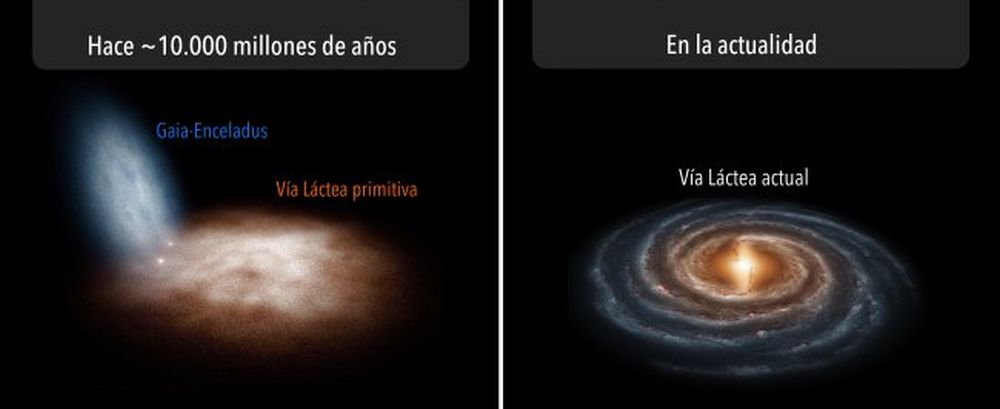Like many other spiral galaxies in the Universe, the Milky Way Galaxy consists of two disk-like structures – the thin disk and the thick disk. The thick disk, which envelopes the thin disk, contains about 20% of the Milky Way’s stars and is thought to be the older of the pair based on the composition of its stars (which have greater metallicity) and its puffier nature.
However, in a recent study, a team of 38 scientists led by researchers from Australia’s ARC Centre of Excellence for All Sky Astrophysics in Three Dimensions (ASTRO-3D) used data from the now-retired Kepler mission to measure starquakes in the Milky Way’s disk. From this, they have revised the official estimates on the age of the Milky Way’s thick disk, which they conclude is around 10 billion years old.
Continue reading “A New Way to Measure the Age of the Milky Way”

